This post may contain references or links to products from one or more partners of our parent company and/or subsidiaries of our parent company. For more information, visit this page.
March 24, 2020
Beauty may be in the eye of the beholder, but every soul on earth knows that hardwood floors are gorgeous. And there are so many choices when it comes to picking the best hardwood floors!
Do you want finished or unfinished wood? Engineered or solid? Oak, maple, mahogany, or… sorry. We’re getting carried away now. We just love hardwood.
Ok, so what are the best hardwood floors for you? Well, there are tons of different wood flooring types to choose from, and your choices entirely depend on your wants and needs. That’s why today, we’re going to walk you through everything you need to pick the best hardwood floors for your home.
We’ll talk about engineered vs. solid hardwood, your finish options, and the Janka hardness scale. And for the main event, we’ll discuss our top 10 best hardwood floors!
Engineered vs. Solid Hardwood Flooring: What’s the Difference?
Yes, there are tons of types of wood flooring to choose from. But before you can even think about the species (aka type of tree) your floors are made of, you need to understand the difference between engineered vs. solid hardwood flooring. Right now, those words may mean flim-flam, but you’ll understand the difference in a moment.
Basically, solid hardwood is wood flooring that is—no surprise—solid wood all throughout. Sometimes it’s cut with a tongue-and-groove finish, sometimes it’s just solid planks of wood.
Engineered wood, on the other hand, is actually made of a dense plywood or fiberboard base with a thin layer (or veneer) of solid wood glued on top. Installation methods vary based on product, but we’ll get into that in a second.
Advantages of Solid Hardwood
Because it’s solid throughout, this type of hardwood can be refinished indefinitely. If you take care of it, solid hardwood can last you a lifetime. Not only that, but you also have more freedom when it comes to choosing cut patterns and finishes.
Advantages of Engineered Hardwood
Thanks to its composite base, engineered hardwood is less susceptible to water damage and temperature changes than solid is. It may not be an entirely waterproof flooring option, but this makes it much more well-suited for kitchens, half-baths, and the like.
You can also buy engineered hardwood as a click-together flooring option. This means the planks snap together into a “floating floor” that doesn’t need to be attached to a subfloor, unlike solid planks.
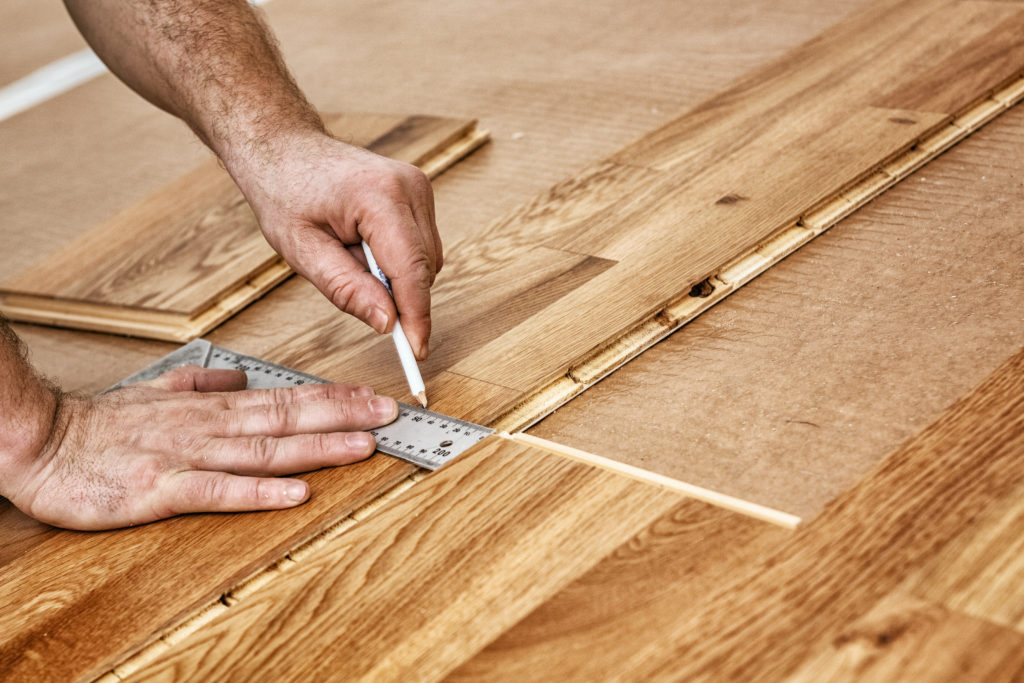
While there are certain disadvantages of floating floors, this does make engineered hardwood the more DIY-friendly option. Big, big “however”: we’d strongly recommend reading up on do-it-yourself flooring before committing to any DIY project.
Finally, because it only uses a thin veneer of real hardwood, engineered wood can be a more budget-friendly wood option—especially if you like the look of pricier exotic hardwoods. That being said, that thin veneer can’t be refinished as often. Or sometimes, at all.
Choosing a Hardwood Finish Option
A finish does more than maintain your new floors—it makes them more durable and personalizes them to your style. In today’s market, most of the hardwood you’ll see will come prefinished. And while some buyers may want to finish their floors in the home, we don’t recommend it unless you’re certified by Bob the Builder himself (or you really enjoy the taste of sawdust).
Whether or not you want to buy your wood finished or unfinished, here are some of the most popular finishing options.
- Water-based polyurethane: One of the most popular finishes due to its variety of gloss levels, it’s also clear laying, quick-drying, and carries little odor.
- Oil-based polyurethane: This finish is thicker than water-based polyurethane, meaning it requires fewer coats. The trade-off is that it smells to high heaven and takes longer to dry—but it’ll leave you with a nice amber finish.
- Aluminum oxide: This substance protects against scratches, dents, and UV fading, and it’s added to most modern finishes.
- Natural oils: Natural oils such as linseed or tung can be layered to create a hard, natural finish with a rustic feeling. Natural oils are surprisingly durable (especially when used in conjunction with wax) but need to be refinished more often.
- Hardwax: This product is a mix of natural oils and waxes—so like natural oils, it will have a hard finish.
Whatever finish you’re leaning towards, remember: the best person to talk to for advice is an actual flooring specialist. Find one in your area.
Best Brands of 2024
The Janka Hardness Scale: What It Is and Why You Need It
The Janka Scale. Ingrain this in your mind (pun intended) because it’s one of the most important things to consider when picking a hardwood floor.
The Janka Scale is an industry standard for measuring the hardness of a wood—which will tell you how strong that wood will be against denting and wear. If you’re looking for durable flooring options, it’s essential to understand.
Most types of wood flooring rank somewhere between 1000–2000 on the Janka Scale, but there are a couple of outliers just below (and a few way above).
The Main Event: The 10 Best Hardwood Floors for Your Home
Now that you know about engineered vs. solid hardwood, the Janka Scale, and finish options, it’s time for the main event: 10 of our favorite hardwood flooring options. These are not in any particular order, as we love each and every one of them for different reasons. We think you will, too!
#10. Teak: Elegant and Luxurious
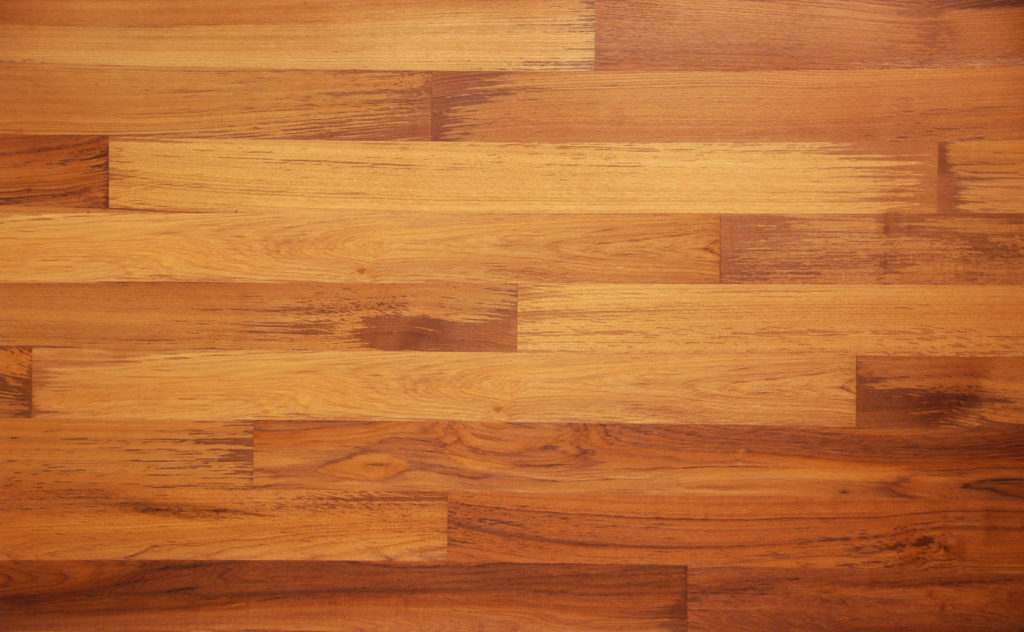
Teak is an exotic wood full of natural oils, giving it a lustrous sheen even without much finish. It’s definitely on the pricier side, but this wood makes a statement.
It’s really important to note, however, that when we talk about teak, we’re often talking about two different types of flooring—“traditional teak” and “Brazilian teak”. Brazilian teak is actually Cumaru, which differs in many ways from traditional teak.
For one: Brazilian teak ranks over 3500 on the Janka Scale (very durable), whereas traditional teak ranks around 1000 (moderately durable).
Traditional teak wood is honey-brown, with a straight grain pattern. Brazilian teak, on the other hand, varies from golden to red, with a very noticeable grain pattern.
But whichever teak you prefer, make absolutely sure to only buy it from a Forest Stewardship Council-certified source. Illegal teak harvesting presents a major issue, and you definitely don’t want to contribute to that.
#9. Oak: Classic and Strong
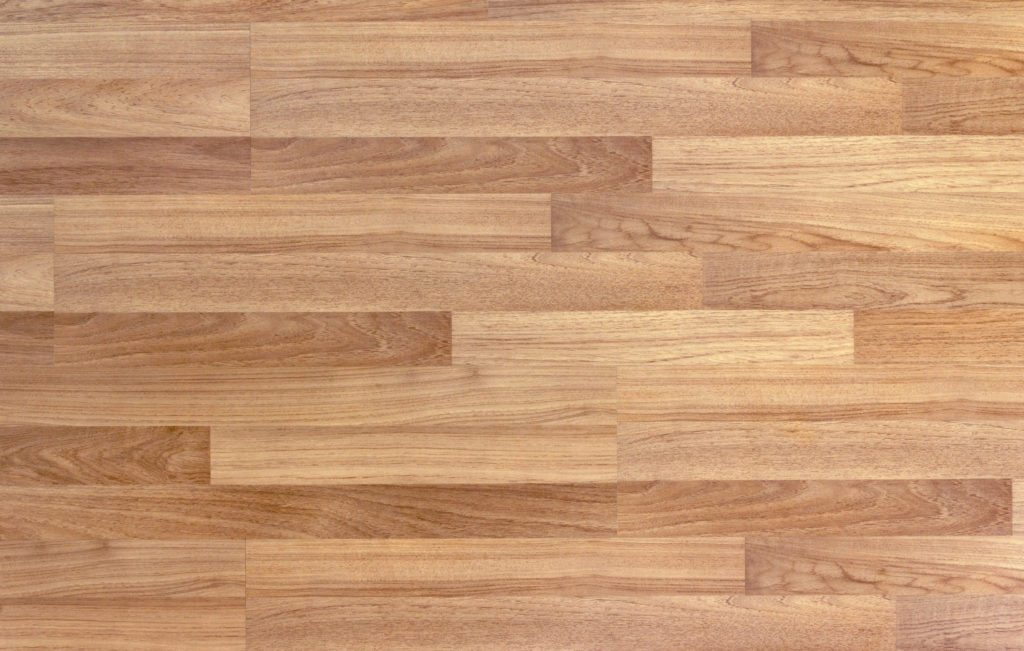
Oak is one of the most popular woods you’ll see in the USA—in fact, it’s probably what you think of when you think of hardwood flooring. As with teak, however, there are actually two different types of oak that are commonly used for flooring. Red oak is a bit warmer, with reddish undertones, a good amount of grain variation, and a Janka rating of 1290. White oak is a bit cooler, with gray undertones, a more uniform look, and a Janka rating of 1360.
Fun fact: with well over a dozen subspecies in the US alone, red oak flooring is so common, it’s thought of as the industry median for hardness.
#8. Walnut: Dark and Grainy
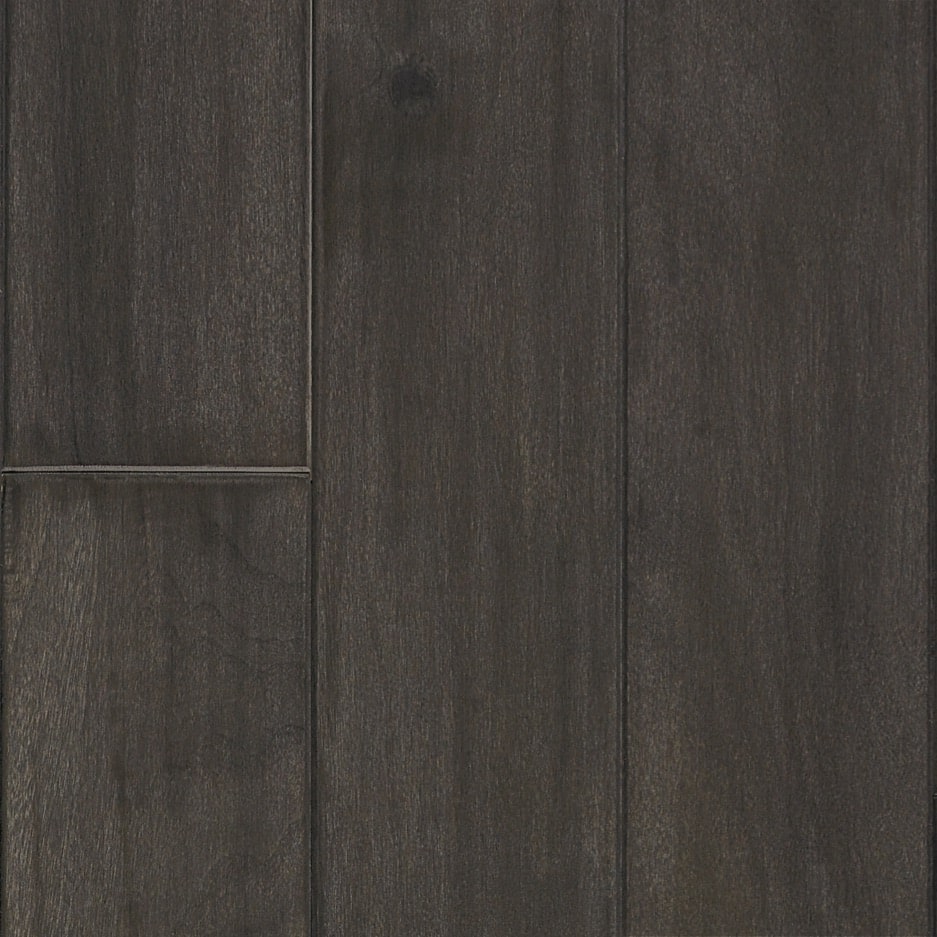
As with teak, you can find both “traditional” walnut—aka American Black Walnut—and Brazilian Walnut, or Ipe.
American walnut is a softer choice for hardwood as its Janka rating is 1010, whereas Brazilian walnut rates a whopping 3600. When we talk walnut, though, we’re usually talking about the domestic variety, which boasts a rich dark chocolate color and detailed, open grain. For a luxurious choice, walnut is an absolutely fantastic option.
#7. Hickory: A Wood Packed with Character
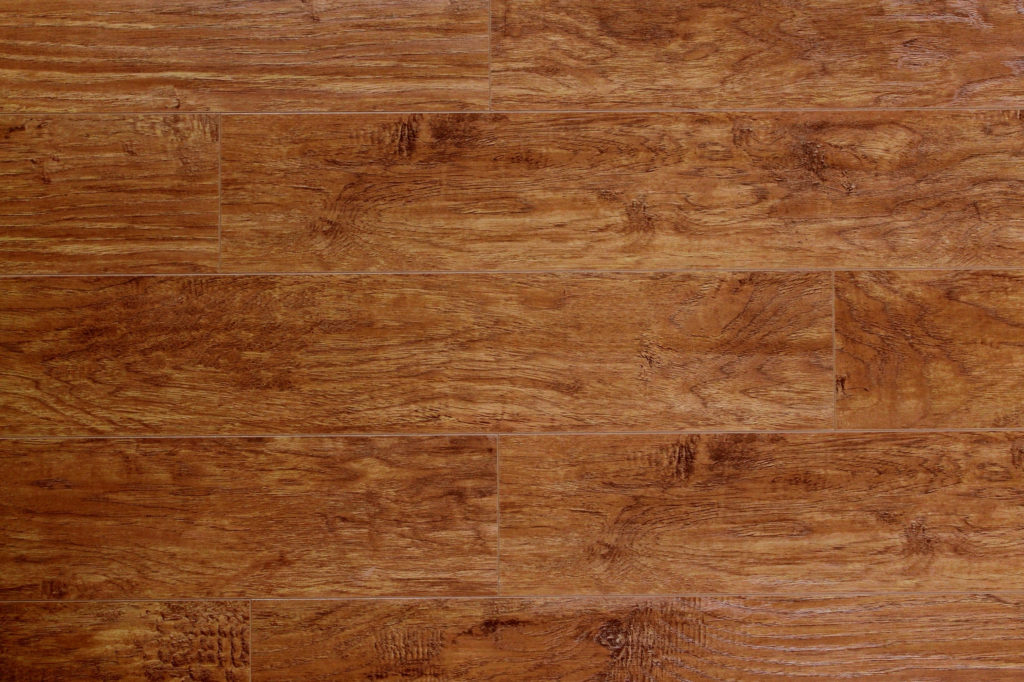
Hickory has a strong Janka rating of 1820, and it’s a good choice if you want wood that’s overflowing with character. It has an incredibly complex and varied grain, so it looks especially great cut into long planks that show it off.
Hickory is quite durable and flexible with a coarse grain. And since it’s a dry wood, it accepts finishes readily.
#6. Maple: Gentle Yet Original
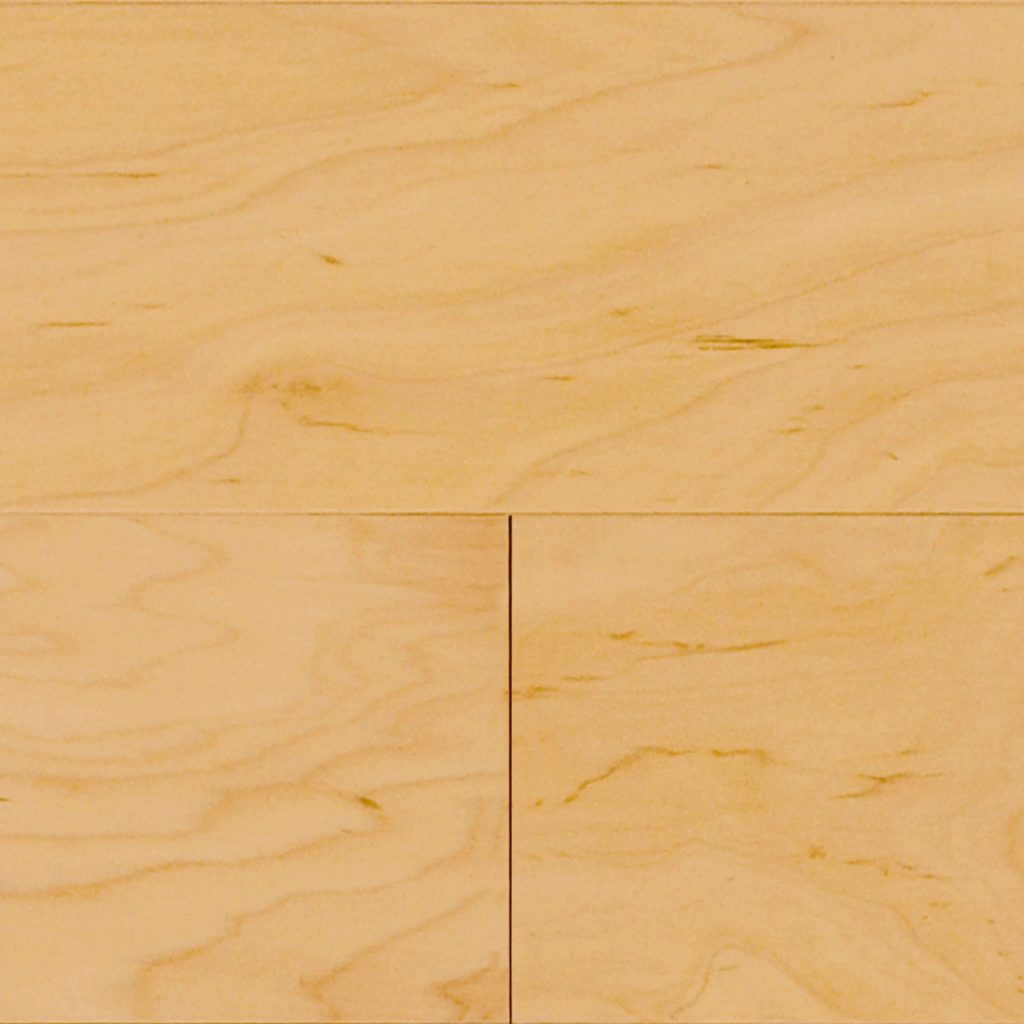
Second only to oak in terms of popularity, maple has a Janka rating of 1450. It comes in pale, creamy-white, and reddish-brown variations, and each one is more beautiful than the next.
Maple’s grain is usually straight, but can sometimes lean toward wavy. The texture, on the other hand, is quite fine. How fine? It’s usually used for basketball courts! Oh, and there’s a Brazilian version of maple as well. It’s Janka rating is only a tiny bit higher than the domestic product, though.
#5. Mahogany: Exotic and Rich
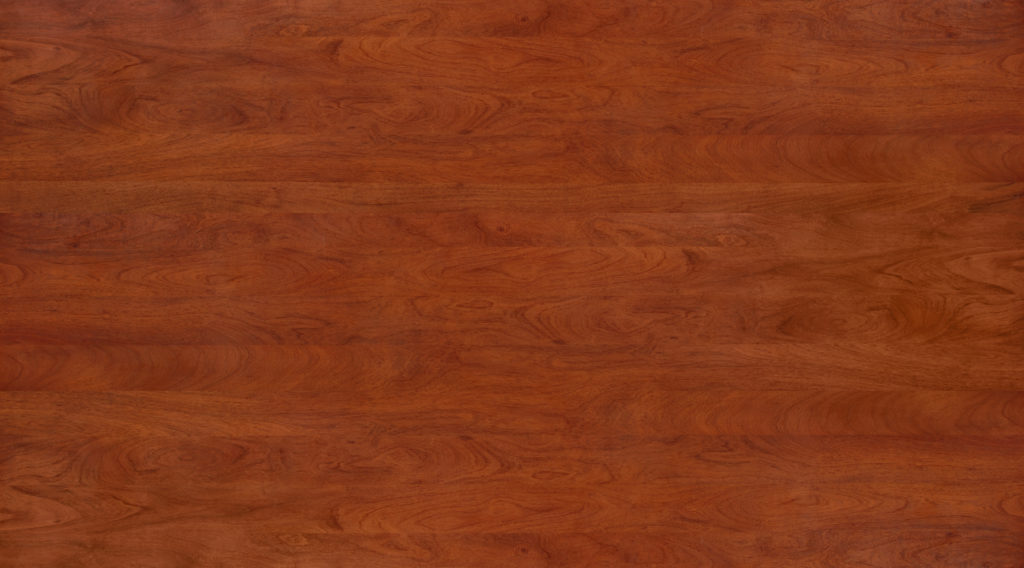
If you wanted your home to smell of leather-bound books and rich mahogany, we wouldn’t blame you. This exotic choice scores a Janka rating of 2697—and while it may be pricey (exotic woods are almost always a bit more expensive than domestic), it’s worth every penny thanks to its rich, beautiful, wavy grain.
Just remember: mahogany and Santos mahogany are two different things!
#4. Cork: Soft and Sustainable
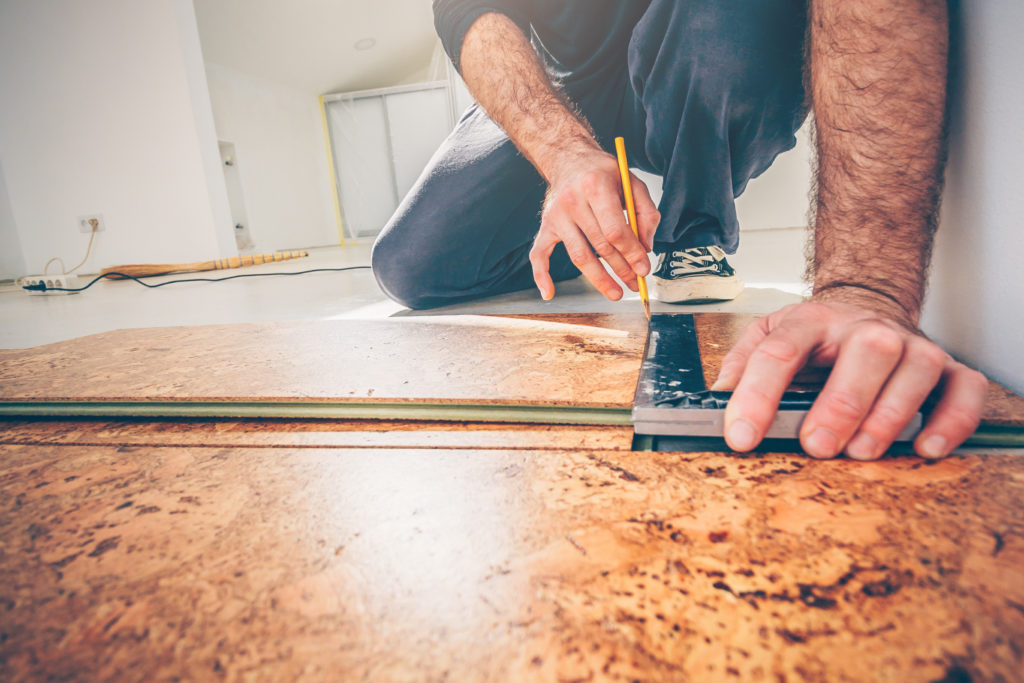
Ok, so fun fact: cork isn’t actually hardwood at all! Rather, it comes from the bark of the cork tree. But since it’s a tree-based product and is sold/installed like a hardwood (and since we love it), we thought we’d include it on this list anyway.
Almost all of the best cork flooring products sold today are soft, comfortable, and surprisingly durable. Truly—while there are pros and cons of cork flooring, durability is not one of the latter. Cork has a springy, warm feel to it, and given that it’s made from tree bark rather than heartwood, it’s an incredible sustainable flooring option.
#3. Birch: Warm and Rugged
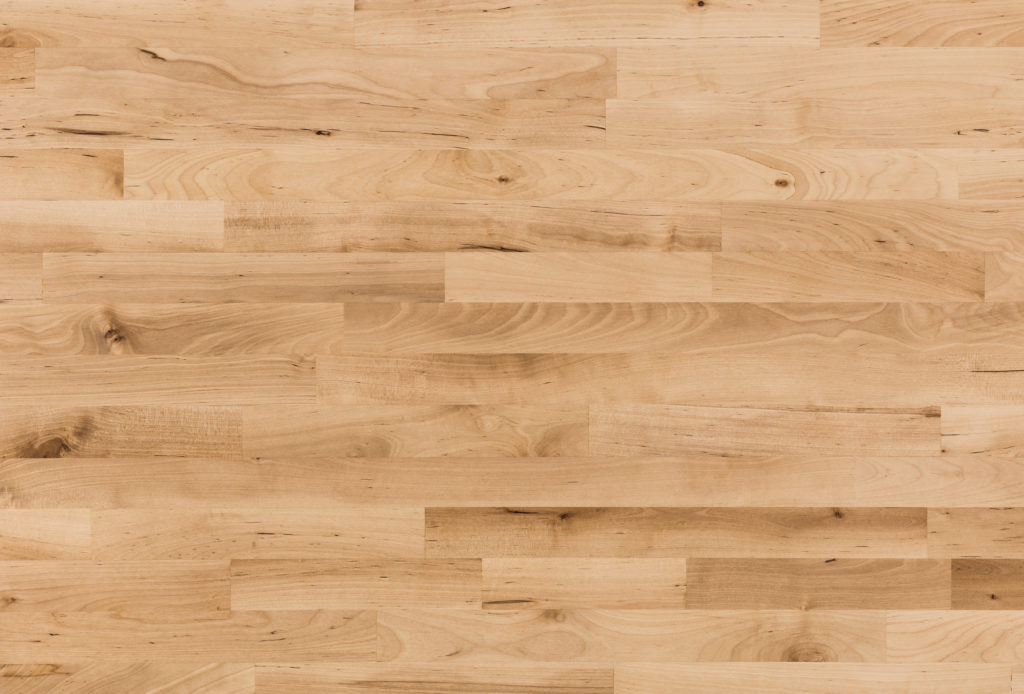
Birch will be wavy or curly, but it’ll maintain an even texture and gorgeous, light warmth. It’s Janka rating depends on the subspecies, but whatever it is, it’s durable—yellow birch (the most common) has a rating of 1260, while sweet birch has a rating of 1470.
Birch’s straight grain and fine texture make it great for long planks, and its coloration can run a huge gambit, making it surprisingly versatile.
#2. Cypress: Knotty and Complex
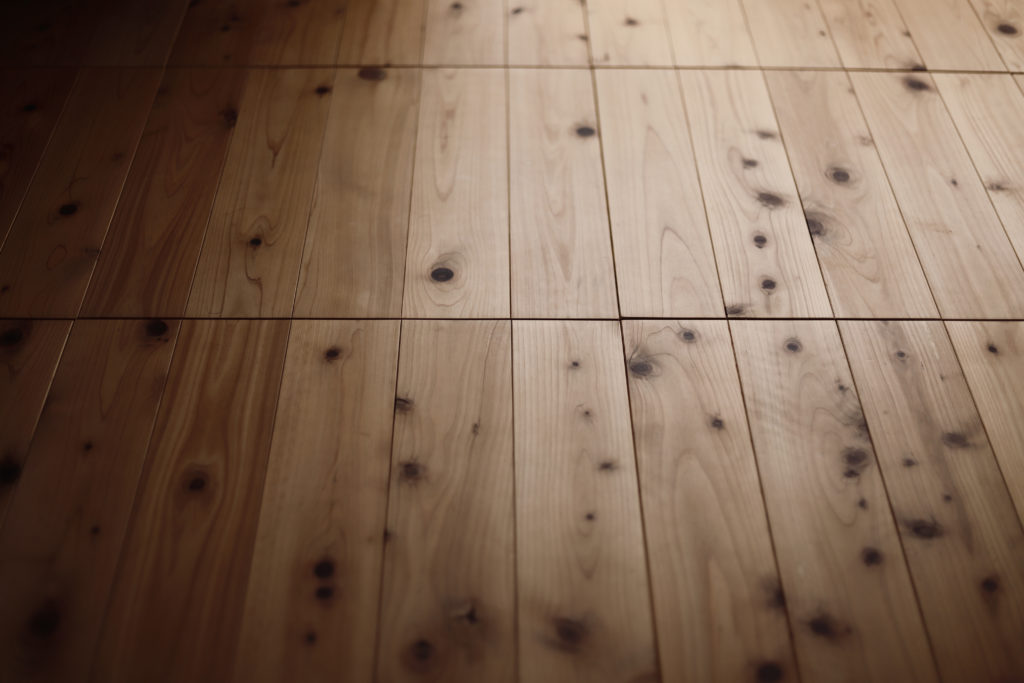
When we talk about cypress floors, we’re talking Australian cypress (because domestic cypress isn’t strong enough for flooring).
The Australian version has a Janka rating of 1375—and it’s absolutely lovely. With colors ranging from honey-gold to brown and cream, cypress is notoriously full of knots. If you want a complex floor with a ton of personality, this might be a good way to go.
Plus: cypress isn’t a particularly common choice, so if you’re looking for ideas on how to replace flooring with something interesting and unusual, it’s worth taking a look.
#1. Bamboo: Durable and Eco-Friendly
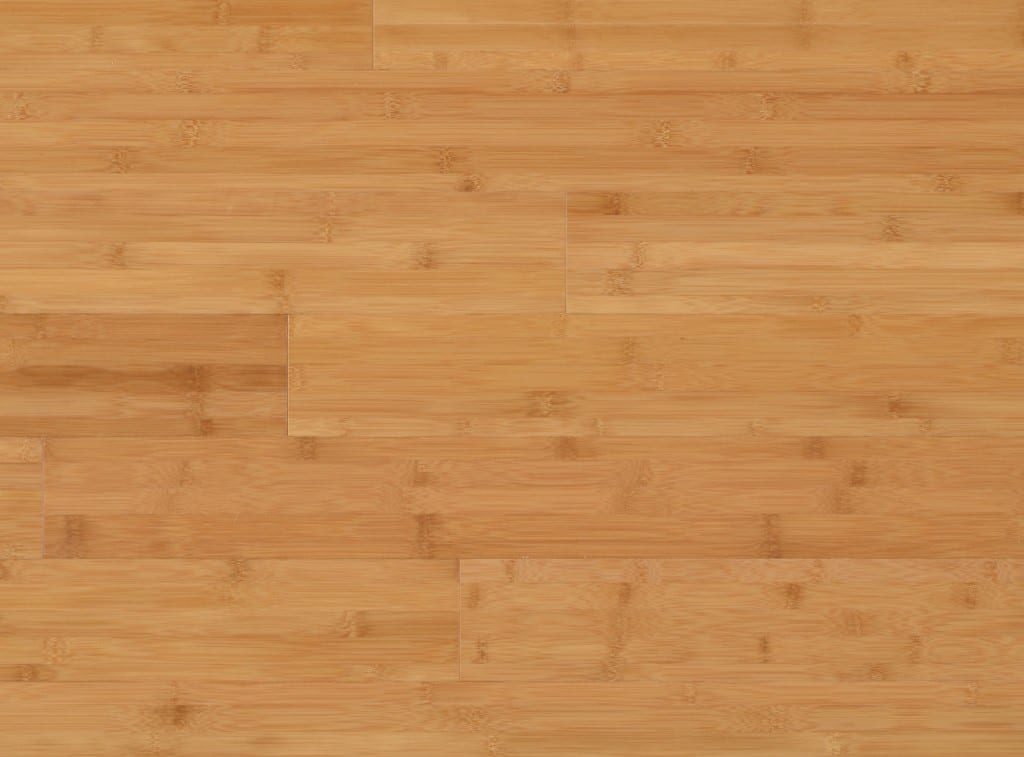
Ok, ok, we know—bamboo isn’t a true hardwood either. It’s actually a woody grass! But like hardwood, most of your best bamboo flooring options can be purchased as solid or engineered planks. To that end, it’s often thought of as a hardwood flooring option.
Why is bamboo so awesome? First of all, it’s durable. Like, super durable. Strand-woven bamboo can hit well over 4,000 on the Janka Scale. That’s insanely tough! And if you want to see how bamboo compares to other durable surfaces, do some research on bamboo flooring vs. laminate; the results are super impressive.
Even better, bamboo is one of the most eco-friendly flooring options around. Stalks grow to maturity within 3–5 years (as opposed to dozens for hardwoods), so it can be cultivated more often.
Conclusion: The Best Hardwood Floors Are Up To You
So what are the best hardwood floors for your home? That’s up to you! Maybe you love maple’s fine grain; maybe you love mahogany’s rich texture; maybe you want the knotty complexity of cypress.
Do you want an engineered product? A solid floor? Finished? Unfinished? Again, it’s up to you and the possibilities are endless. One thing is for sure—you’re going to want to have someone who knows what they’re doing help you. Use this flooring stores near me tool to find a local retailer in your area who can do just that!
And for more information on all things flooring, check out:
- A Guide to Peel-and-Stick Carpet Tiles (& 9 Reasons They’re Amazing)
- Carpet vs. Laminate: Which is the Right Floor for You?
- Pergo Reviews 2020: What Buyers are Saying
- Tile vs. Laminate: The Pros and Cons
- Your 2020 Guide to Types of Tile
- Laminate vs. Hardwood Floors: Which are Better?
- Engineered Bamboo Flooring: Pros and Cons
- Comparing Tile vs. Wood Floors for Your Home
About The Author
Fredrick Otto Jr.
March 24, 2020
Fredrick is a writer that loves providing a good story. If he's not on his couch working, he can be found gaming in his man cave.

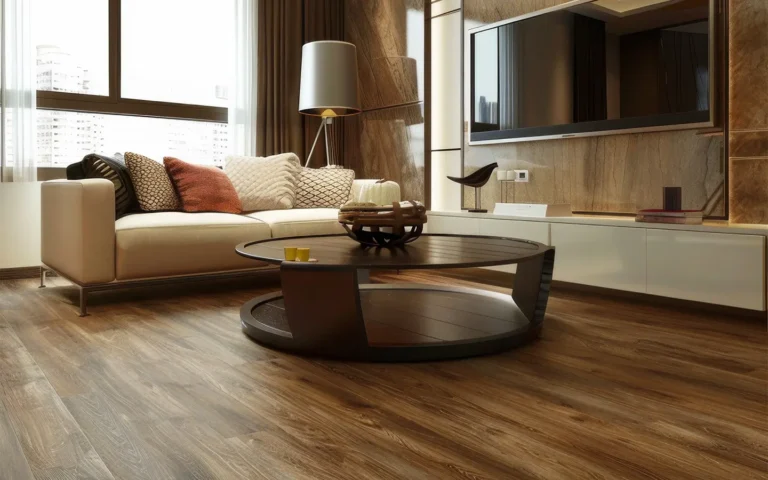

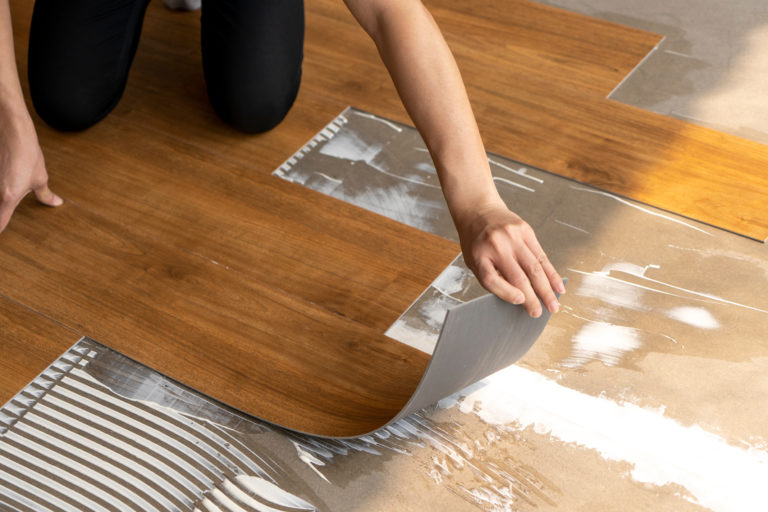

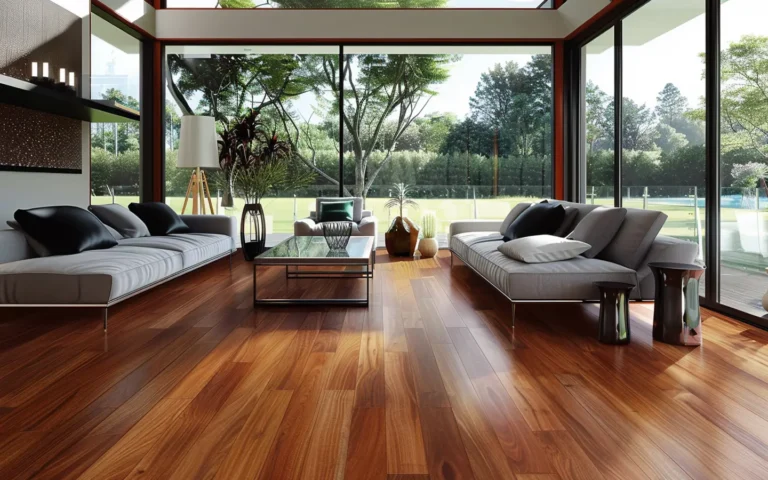

2 comments
Afton Jackson
I like how you described birch as flooring that has a warm type of texture. Having a comfortable home is my top priority over anything when it comes to being a homeowner, and I’ve always known that wooden floors could help achieve this so I wanted to know which specific wood can do this the best. As soon as I find a hardwood floor installation service that can help me with my renovations, I’ll ask for their birch options for sure.
Samuel Greenberg
Hey Afton,
We couldn’t agree more—there’s absolutely nothing like wood (especially something as warm as birch) to make a home feel warm and cozy. Thanks for reading and reaching out!
PS: if you’re interested in the way other types of wood flooring can make a home feel comfy, feel free to check out our guide to hardwood species!